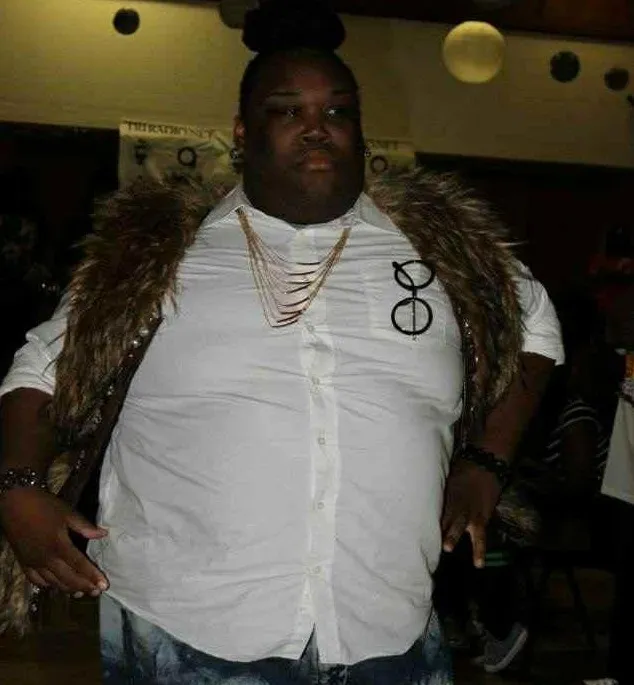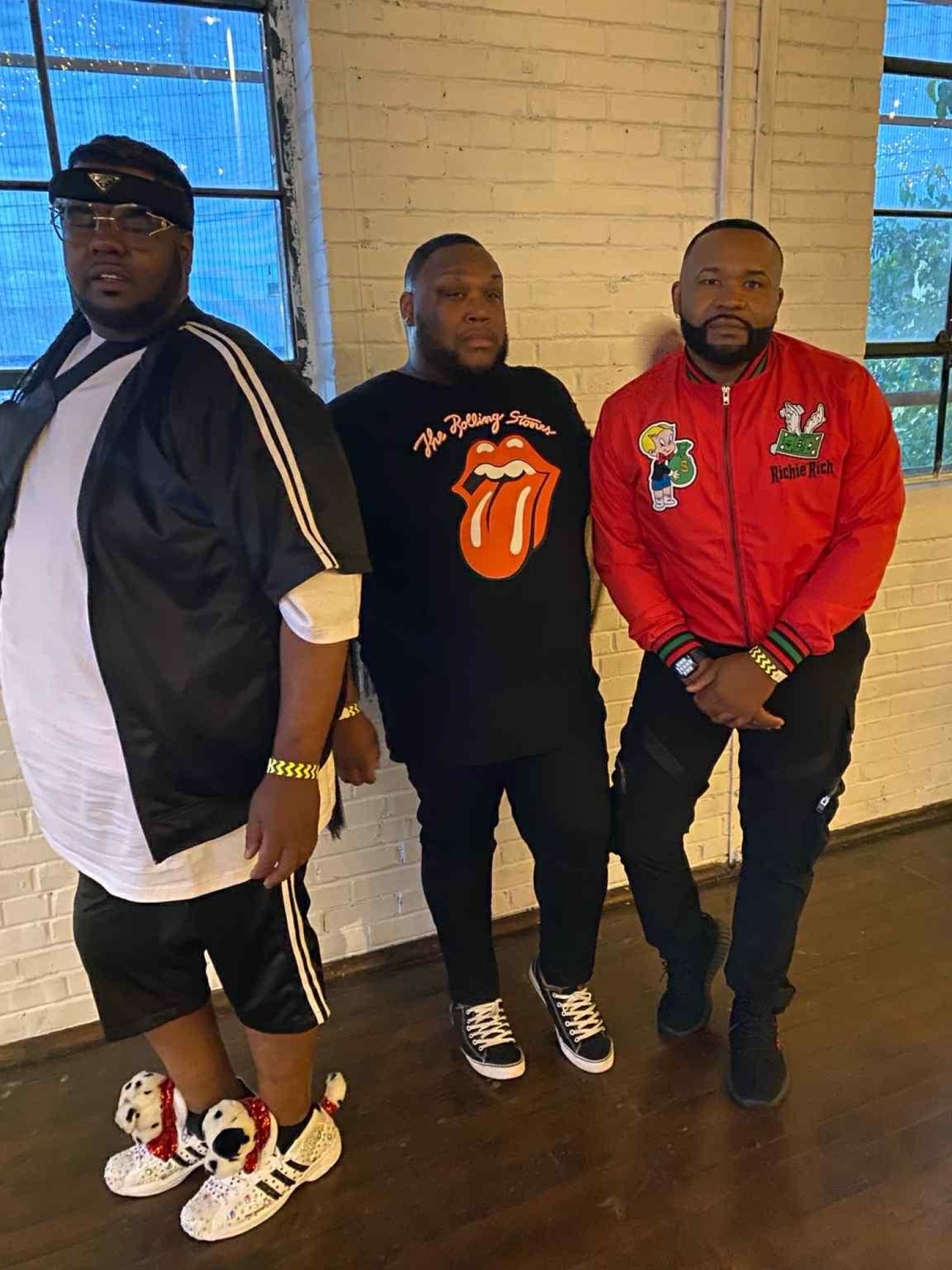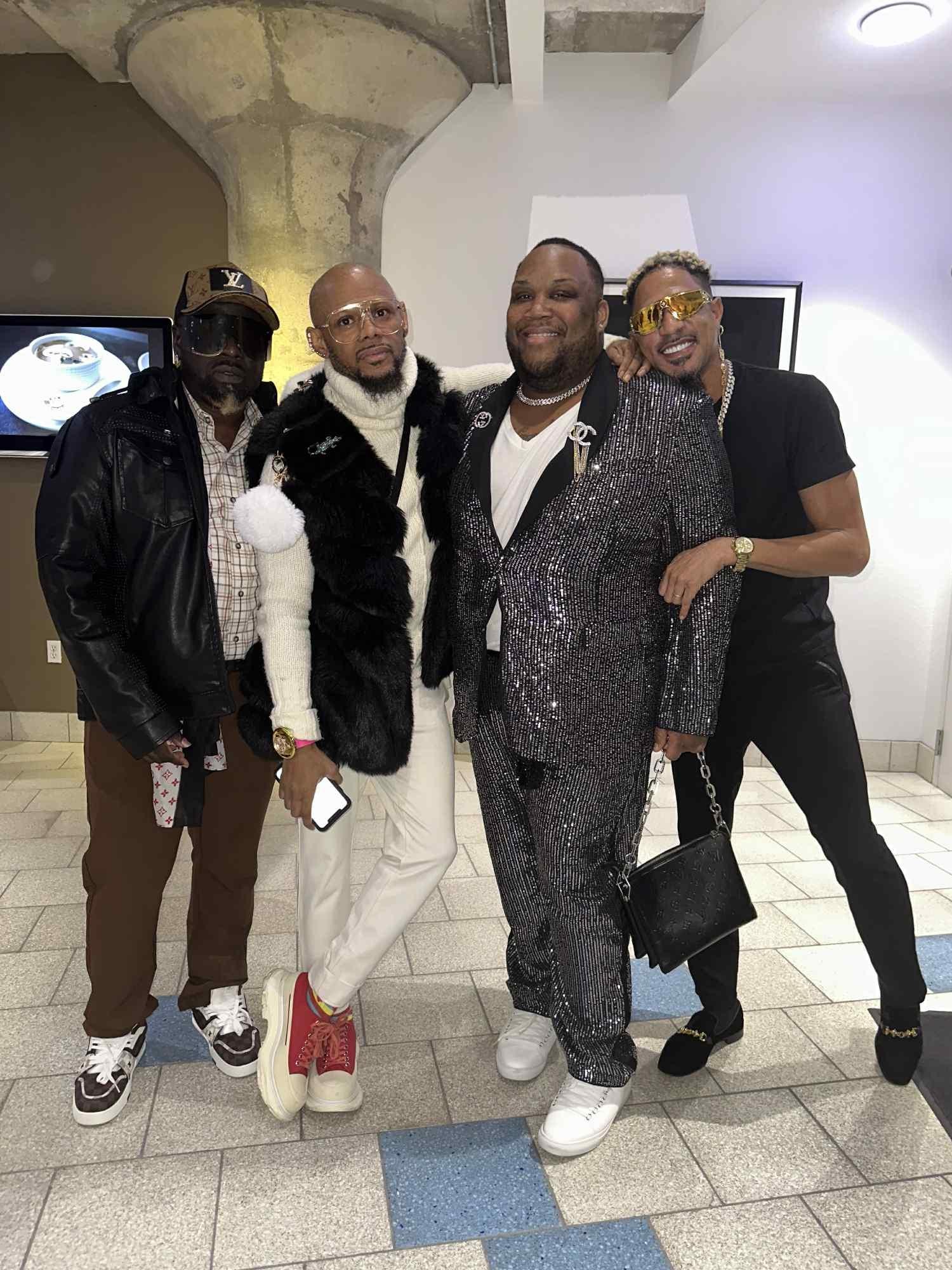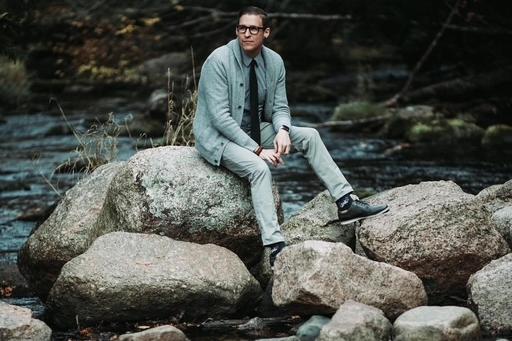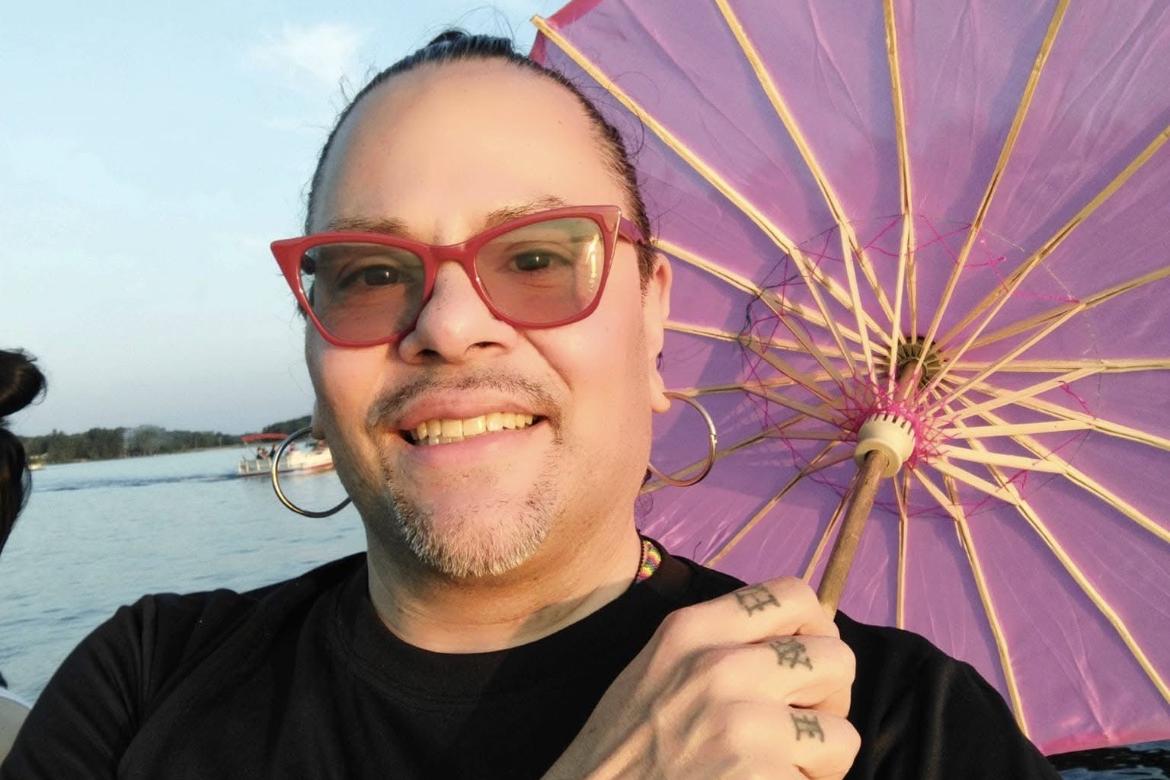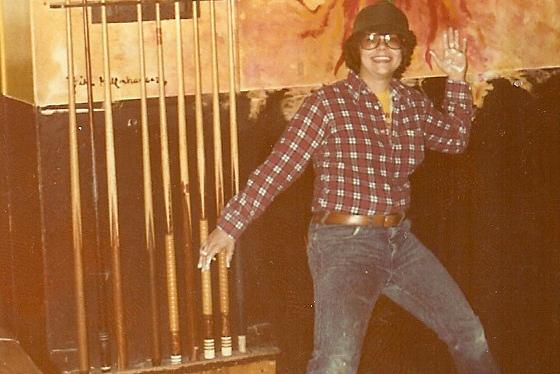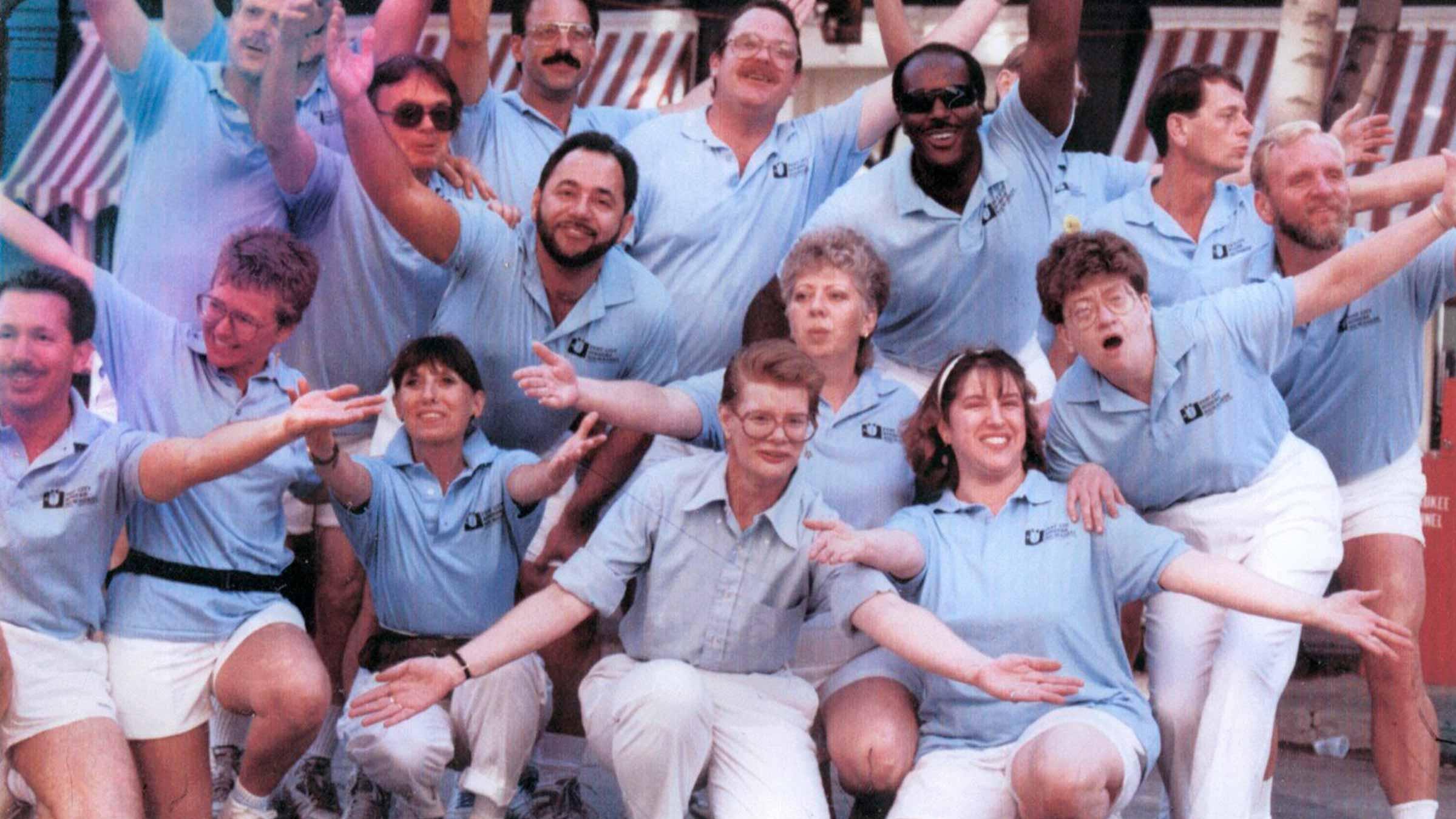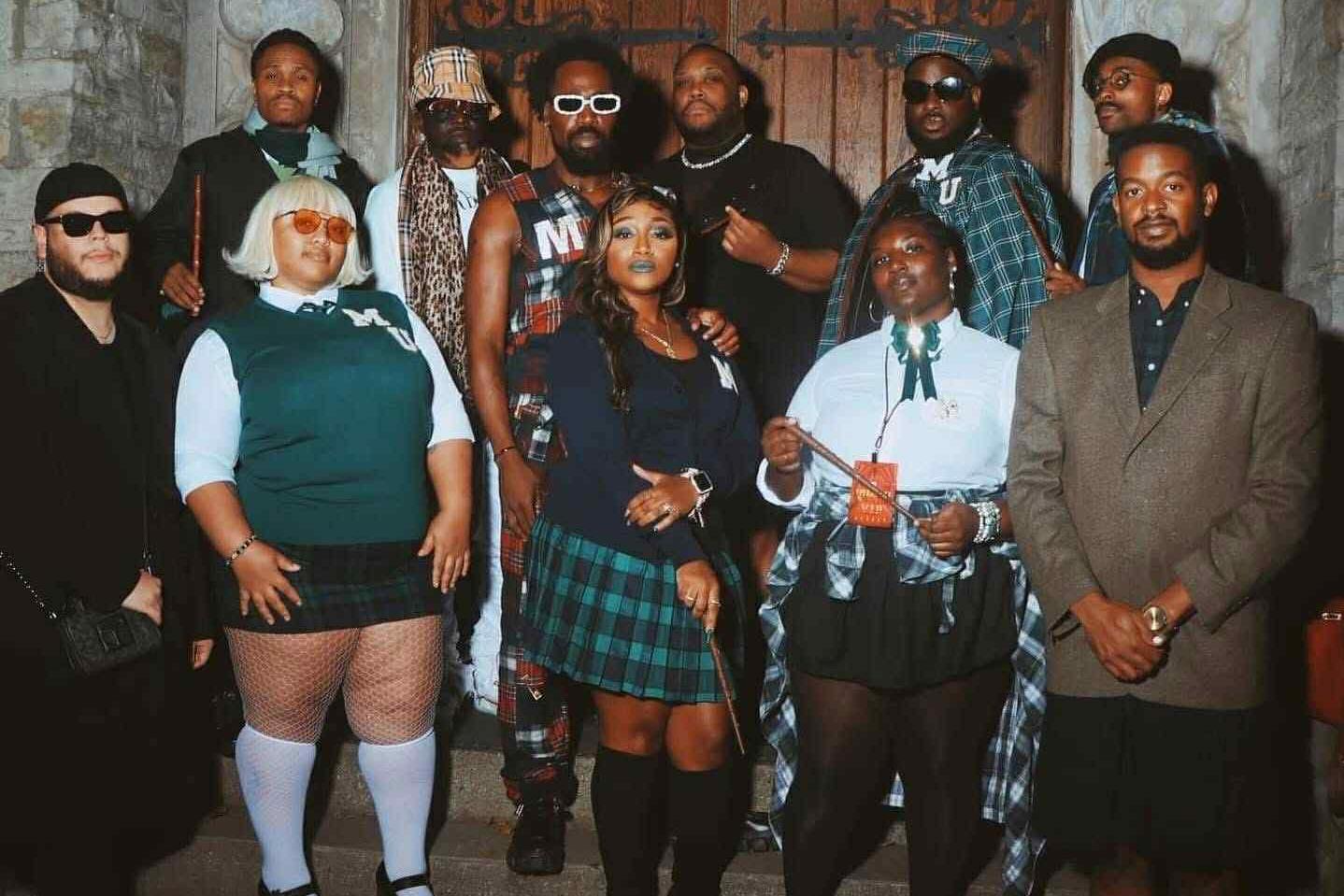
Bringing it to the Ball: celebrating Ballroom House in Milwaukee

"I knew I had experienced something life-changing. This wasn’t just an event. It was a revelation."
In the heart of Milwaukee, a legacy pulses through the rhythm of music, movement, and resilience, a legacy built by the House and Ballroom community, a chosen family rooted in love, creativity, and survival.
The House and Ballroom scene has long been a sanctuary for Black and Brown LGBTQ people, a place to be seen, celebrated, and free.
Born out of necessity, this underground network of chosen families known as "Houses" provided more than just a space to walk a runway or compete in balls; it has created a vital refuge from the intersecting oppressions of racism, homophobia, transphobia, and poverty.
Within this culture, individuals who had been cast out or overlooked by society find affirmation, community, and purpose.
The House and Ballroom scene offers mentorship, leadership opportunities, and most importantly, a sense of belonging. These spaces are not just social—they are transformational. In many cases, they were the first places where people could safely express their identities without fear of judgment or harm.
They address key social determinants of health by offering emotional support, housing, food, access to healthcare resources, and HIV prevention and treatment efforts.
Moreover, the culture actively works to counteract the racial and health disparities that disproportionately affect LGBTQ communities of color.
From HIV activism to mental health advocacy, Ballroom has always been at the forefront of grassroots health justice movements. It provides culturally competent care and education in ways that traditional systems often fail to deliver, creating peer-led pathways to wellness that are rooted in lived experience and resilience.
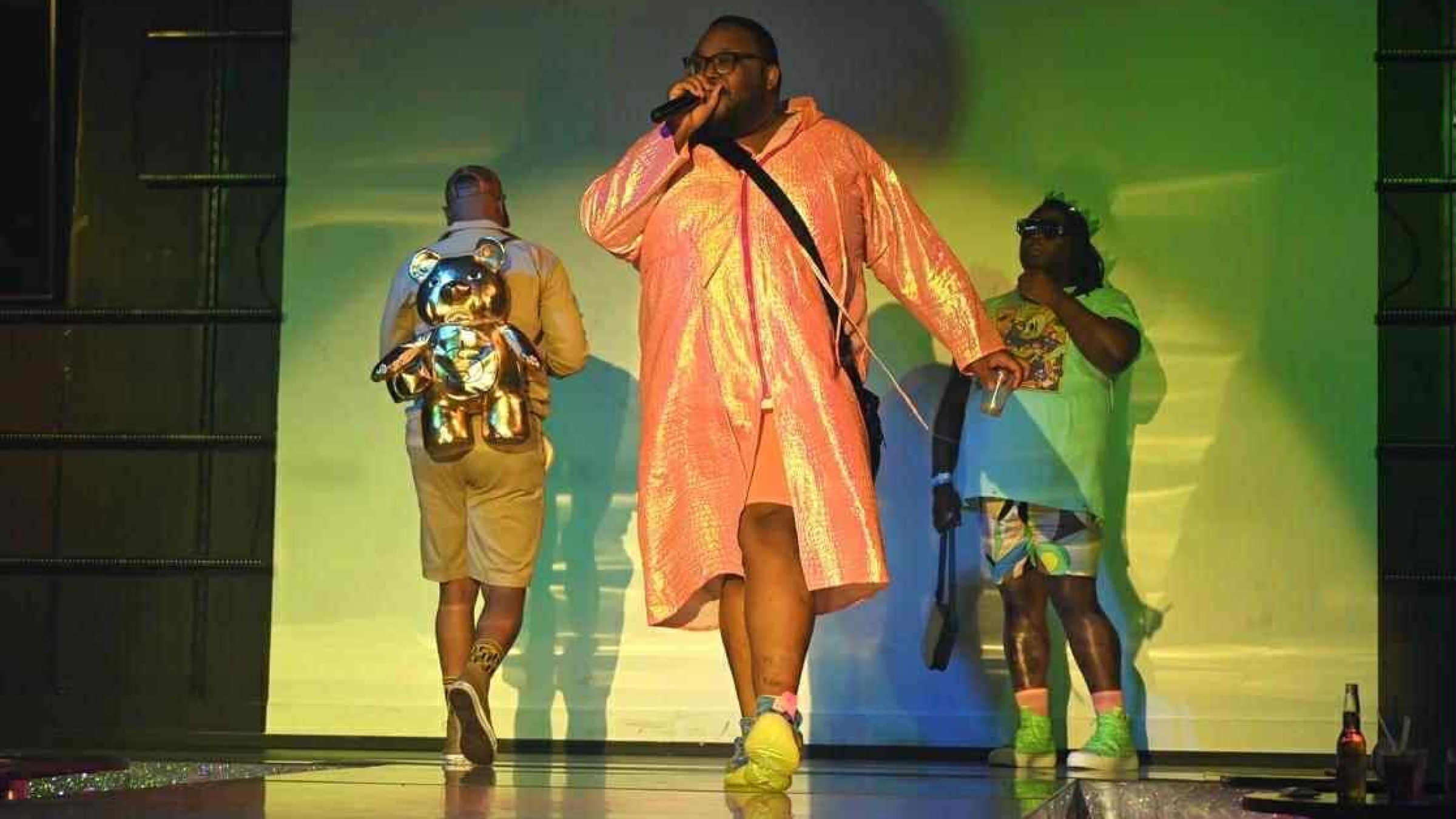 MC for the Nickelodeon Ball in Minneapolis (2022)
MC for the Nickelodeon Ball in Minneapolis (2022)
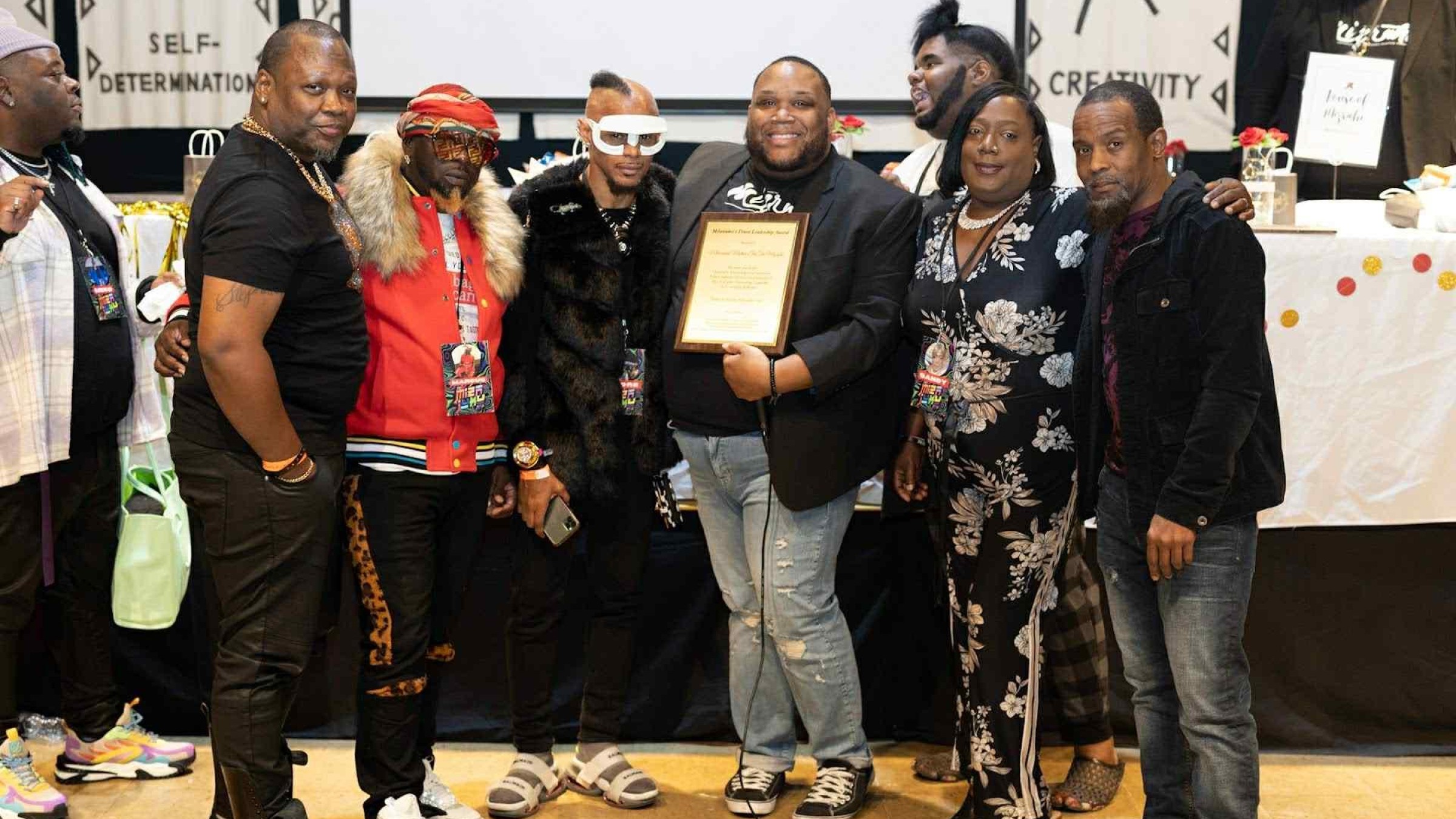 MizaJuku Anniversary Ball in Milwaukee (2022)
MizaJuku Anniversary Ball in Milwaukee (2022)
My Legendary title carries immense meaning not just as recognition, but as a symbol of the years of love, mentorship, sacrifice, and solidarity that brought me here.
I didn’t reach this place alone. I’ve been carried by a powerful lineage of leaders, peers, and supporters, some still beside me, others cheering from beyond.
A platform for advocacy
House and Ballroom culture didn’t just give me a place to belong, it gave me a reason to stand tall.
In the rhythm of the beat, the power of the walk, and the energy of the room, I saw possibility. I saw family. I saw a mirror.
This culture, created by and for Black and Brown LGBTQ people, is one of the few spaces where we are allowed to take up space unapologetically, to be beautiful in our being, and to turn survival into art.
But my connection to Ballroom goes beyond performance: It is deeply tied to my advocacy. I’ve committed myself to the fight for health equity, LGBTQ rights, and justice for marginalized communities. These aren't abstract ideas, they’re personal.
I’ve seen how racism, homophobia, transphobia, and systemic inequality intersect to harm the very people who’ve made spaces like Ballroom so powerful. That’s why I work to ensure culturally affirming support for LGBTQ individuals, particularly those navigating multiple, overlapping systems of oppression.
In my work, I collaborate with leaders and organizations who share a vision for something greater: A world where our community is not only surviving but thriving. Whether it’s pushing for access to health care, fighting for housing security, or advocating for mental health resources, I bring the heart of Ballroom with me: Its resilience, its creativity, and its commitment to care.
I also believe fiercely in preserving our history. Too often, the stories of Black and Brown LGBTQ people in Wisconsin, and across the country, are erased or overlooked. I work to document and uplift these narratives because they are vital to understanding the broader LGBTQ experience.
Our stories, our struggles, and our triumphs deserve to be remembered and centered.
In closing
For me, House and Ballroom culture is more than a scene, it is sacred.
It is where I found myself and where I continue to find community. It is where I learned that love can look like chosen family, that protest can look like a perfectly timed dip, and that healing can be found on a runway.
As we celebrate this month, let us hold close the understanding that Ballroom is far more than a fleeting moment, it is a living, breathing movement. It is protest wrapped in elegance, healing stitched into performance, and joy carved from generations of struggle and survival.
It is where art becomes armor, where expression becomes resistance, and where every runway walk is a declaration: We are still here.
I envision a future where everyone has access to that kind of liberation. A world where we don’t have to hide, shrink, or compromise who we are. A world where being Black, queer, and unapologetic is not only accepted but celebrated.
And until we reach that future, I’ll keep striking the pose.
Note: this story will also appear in the July/August Pride in Color issue of Our Lives Magazine.
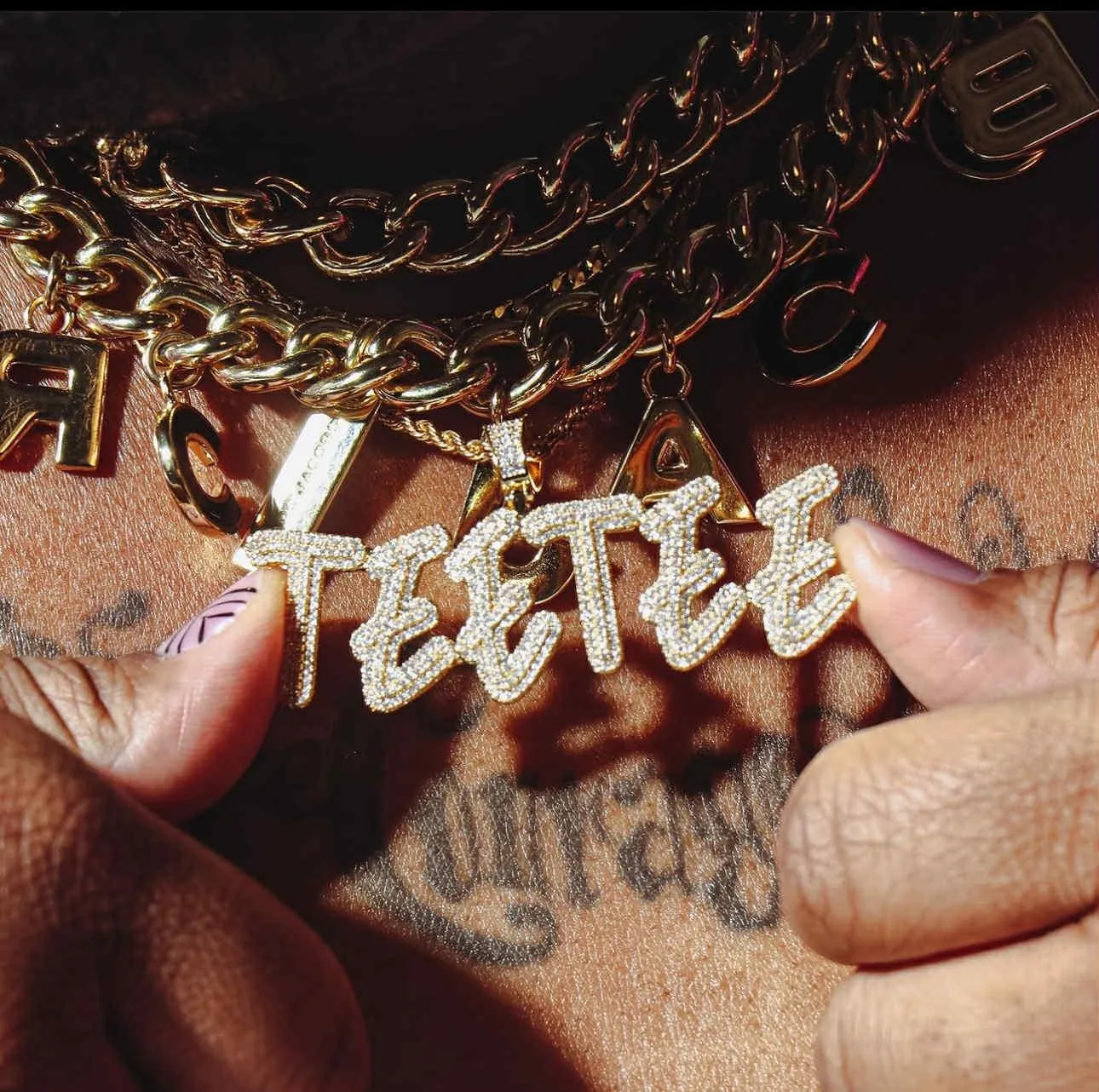 Photo by Saint Mizrahi (Bcreatives)
Photo by Saint Mizrahi (Bcreatives)
recent blog posts
November 28, 2025 | Michail Takach
November 26, 2025 | Michail Takach
November 24, 2025 | Michail Takach
The concept for this web site was envisioned by Don Schwamb in 2003, and over the next 15 years, he was the sole researcher, programmer and primary contributor, bearing all costs for hosting the web site personally.
